Introduction
This case study explores the transformative impact of BusinessFlow SaaS, a comprehensive utility tool, on a traditional industry. We will analyze the challenges faced, strategies implemented, and outcomes achieved by a specific company or organization undergoing this technological transformation. Emphasis will be placed on the role of leadership, workforce adaptation, and market positioning. Additionally, the study provides a detailed analysis of the before-and-after scenarios, offering insights into the broader implications for the industry.

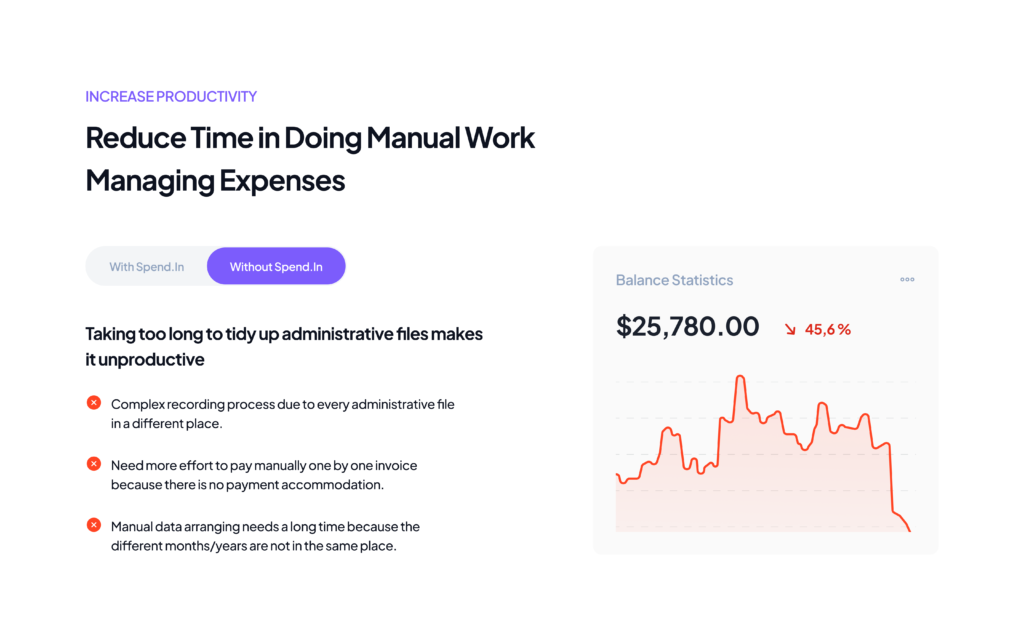

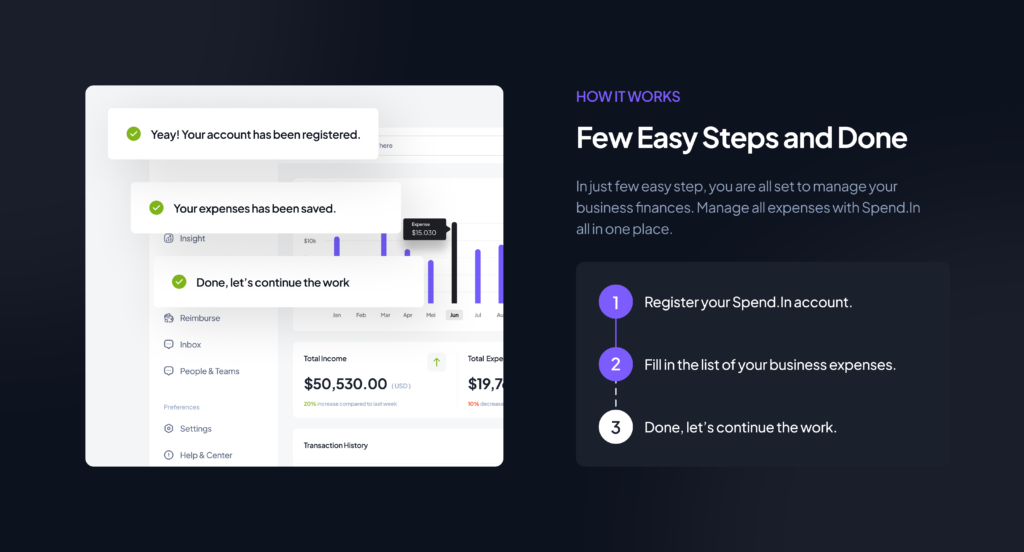
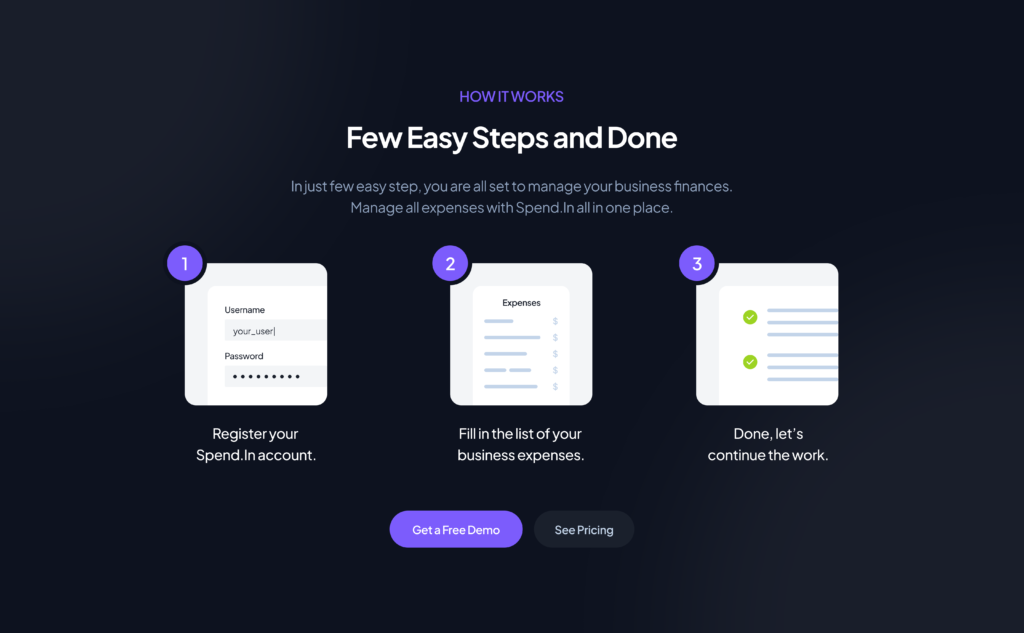

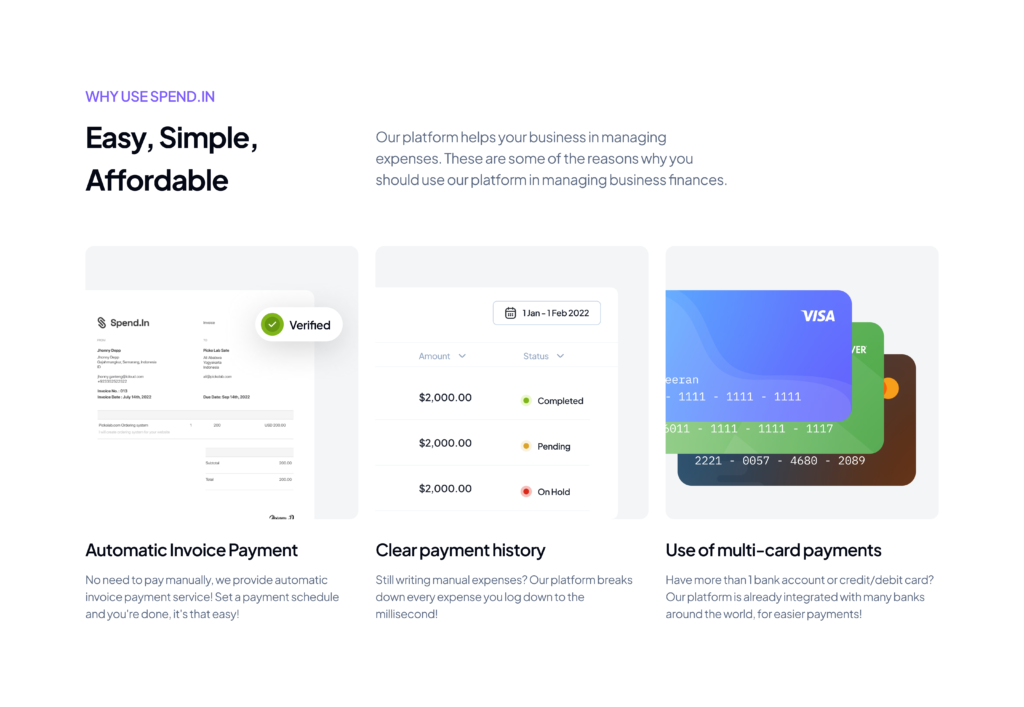
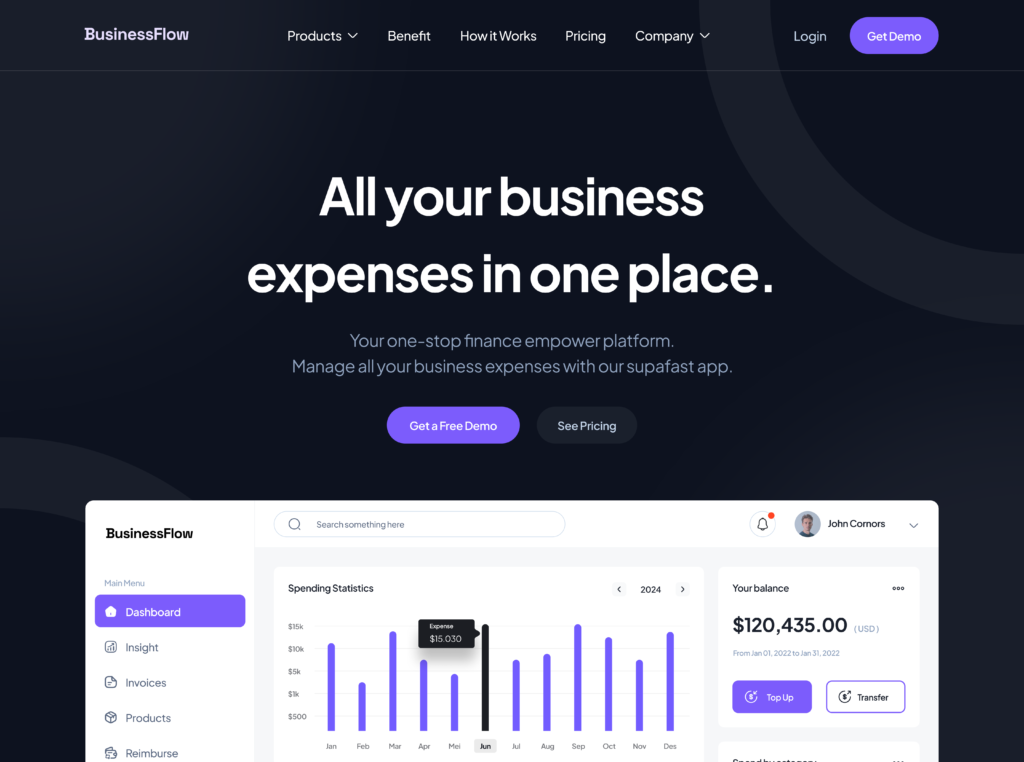














0.1 / Challenges Faced
- Fragmented Business Processes: The traditional industry struggled with fragmented tools and systems for accounting, HRM, CRM, and project management, leading to inefficiencies.
- Resistance to Change: Employees and leadership faced resistance to adopting a unified platform for managing diverse business aspects.
- Market Competition: The industry faced stiff competition, and companies needed to innovate to stay relevant in a rapidly evolving business landscape.
0.2 / Strategies Implemented
- BusinessFlowSaaS Integration: The organization integrated BusinessFlow SaaS to consolidate and streamline business processes, providing a centralized platform for account management, HRM, CRM, and project management.
- Change Management Programs: Leadership initiated comprehensive change management programs to address resistance, focusing on communication, training, and showcasing the benefits of the new technology.
- Customization and Scalability: BusinessFlow SaaS was customized to meet the specific needs of the organization, ensuring scalability and flexibility as the business evolved.
- Strategic Marketing: A strategic marketing campaign was launched to position the organization as an industry leader in adopting cutting-edge technology for comprehensive business management.
0.3 Outcomes Achieved
- Improved Operational Efficiency: BusinessFlow SaaS integration led to streamlined business processes, reducing redundancies, and improving overall operational efficiency.
- Enhanced Collaboration: The centralized platform fostered better collaboration across departments, breaking down silos and improving communication.
- Market Differentiation: The organization positioned itself as an industry innovator, gaining a competitive edge and attracting new clients.
- Employee Productivity: Overcoming resistance through change management resulted in increased employee productivity and satisfaction.
Broader Implications for the Industry
0.1 Technology as a Strategic Asset
The case of BusinessFlow SaaS underscores the strategic role of technology in reshaping traditional industries.
0.2 Change Management as a Critical Component
Successful technological transformation requires effective change management strategies to address employee resistance and foster adoption.
0.3 Market Positioning and Differentiation
Adopting innovative technology can be a key factor in differentiating and gaining a competitive advantage in the market.
Conclusion
BusinessFlow SaaS’s successful integration into a traditional industry exemplifies the potential for emerging technology to revolutionize business management. The challenges, strategies, and outcomes outlined in this case study provide valuable insights for other companies navigating similar technological transformations in their respective industries.
